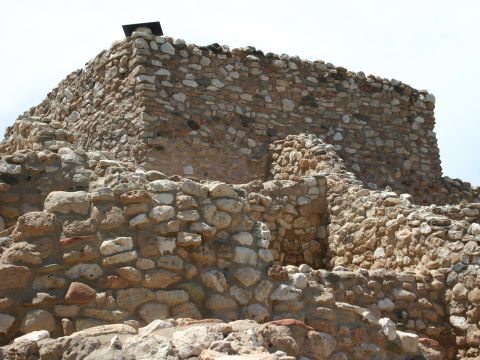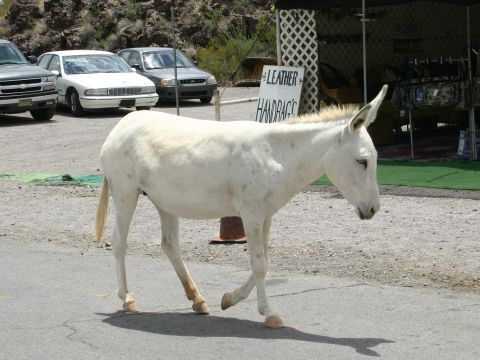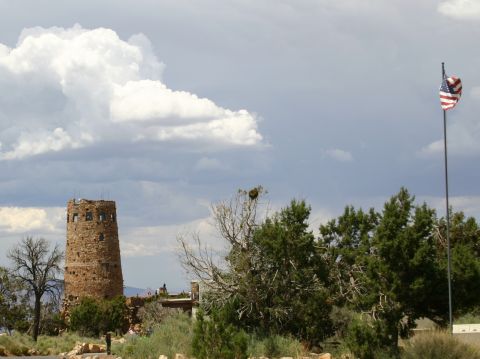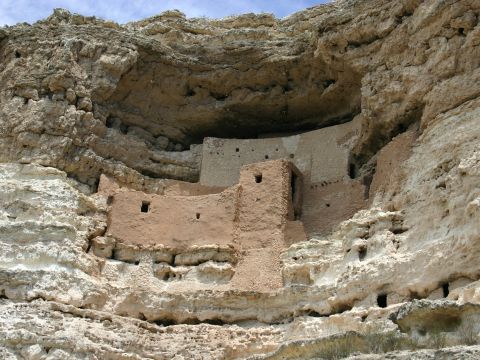Steve Irwin, 1962-2006
Shortly after 11:00 a.m. local time (0100 UTC) on 4 September 2006, Irwin was fatally pierced in the chest by a short-tail stingray barb while diving in Batt Reef (part of the Great Barrier Reef), off the coast of Port Douglas in Queensland.
Now, with all due respect to the recently deceased, how in the hell can Rich Lowry and Alan Colmes (on H&C — Fox News) spend an entire freakin’ hour talking about this weirdo?
All I can recall about this guy was the time he carelessly dangled his infant son in front of a crocodile which prompted an Australian law change:
Steve Irwin baby concerns prompt law change
Steve Irwin’s decision to hold his baby son near a crocodile has sparked a review of Queensland Government crocodile enclosure guidelines.
The State Government yesterday released the new rules prohibiting children and any untrained adult from entering crocodile enclosures.
In January last year, Mr Irwin, known as the Crocodile Hunter, held his baby son Bob close to a crocodile at his Australia Zoo on Queensland’s Sunshine Coast.
The incident was captured by television cameras, sparking an international outcry and a review of crocodile handling practices.
Regardless of our personal opinions, we send condolences to Mrs. Irwin and Steve’s daughter and son.

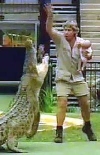
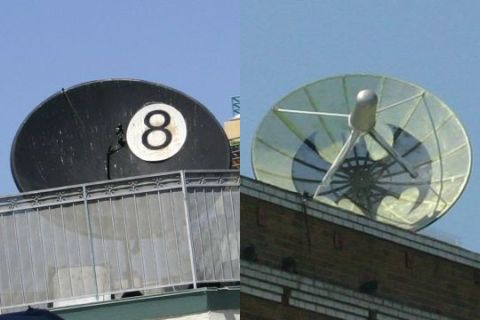
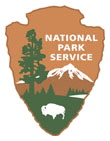 On August 25, 2006, the National Park Service celebrates its 90th birthday. Created in 1916 under the Organic Act, Congress and President Woodrow Wilson charged the Park Service with overseeing 35 public land units to preserve America’s vast diversity for future generations.
On August 25, 2006, the National Park Service celebrates its 90th birthday. Created in 1916 under the Organic Act, Congress and President Woodrow Wilson charged the Park Service with overseeing 35 public land units to preserve America’s vast diversity for future generations.